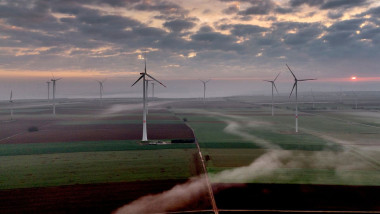World passes 30% renewable electricity milestone for the first time, decline of fossil inevitable
A decline in fossil fuel power is now ‘inevitable’, the report's authors say.

There have been multiple accounts created with the sole purpose of posting advertisement posts or replies containing unsolicited advertising.
Accounts which solely post advertisements, or persistently post them may be terminated.
A decline in fossil fuel power is now ‘inevitable’, the report's authors say.
